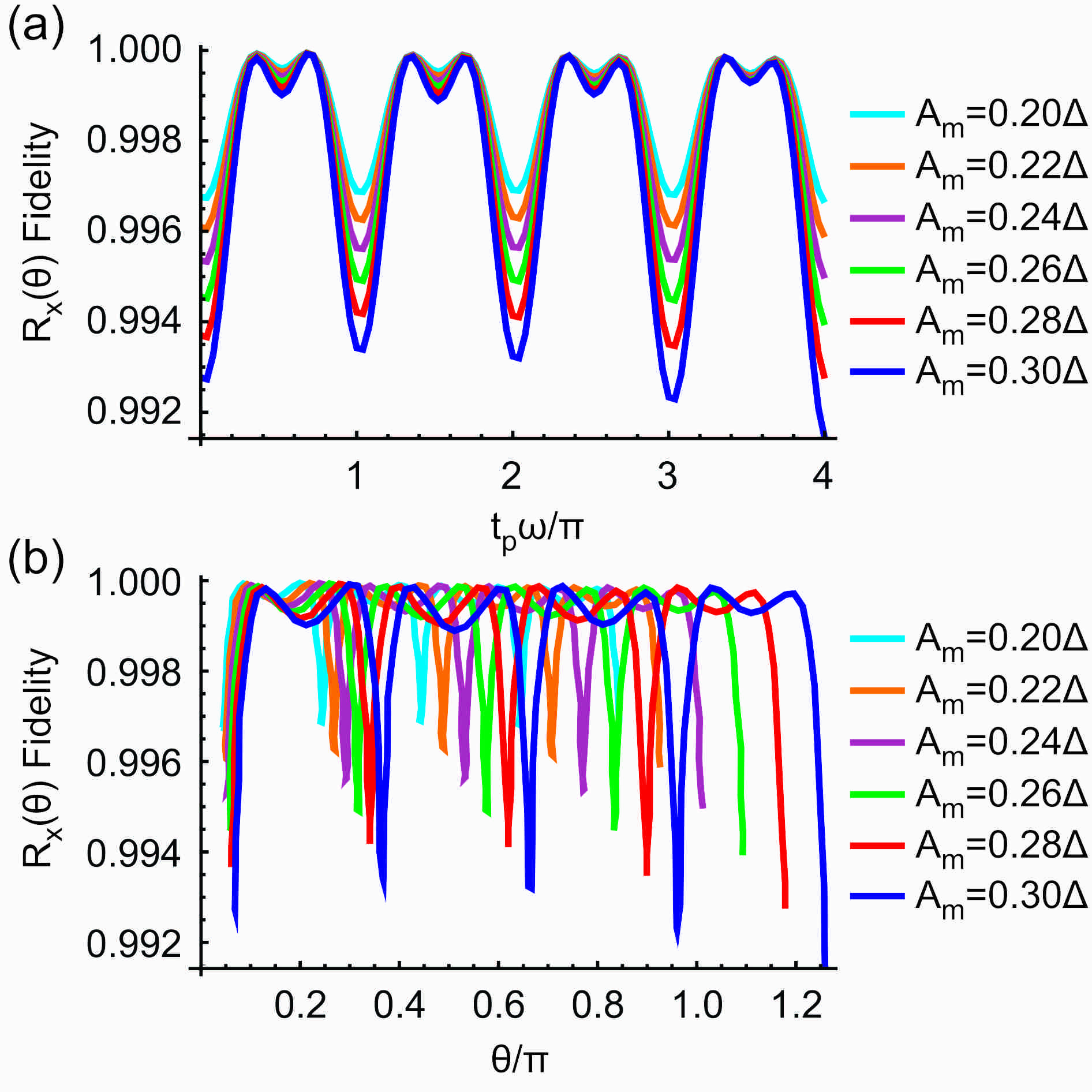Our paper on Walsh Hadamard on a qutrit has just been published in Physical Review Letters (https://journals.aps.org/prl/abstract/10.1103/PhysRevLett.125.180504) . Congratulations to team members Ali, Jiahao, Michal and our collaborator Sahel!
Category Archives: Publications
Quantum measurements in a different basis
A paper with collaborators from Saarland University has just been published in Physical Review A (https://journals.aps.org/pra/abstract/10.1103/PhysRevA.101.012305 ). In this paper we propose a new method to perform quantum measurements of superconducting qubits. Common measurements of superconducting qubits work in the energy basis. At a fundamental level, this is due to the fact that the dynamics during measurements is dominated by the qubit dynamics. In our paper we propose a new protocol, which allows measurements in a different basis, based on an indirect measurement scheme. This work has relevance for quantum annealing and other areas of quantum information.
Preprint on three-body coupler
We posted a preprint on the implementation of a three-body coupler – https://arxiv.org/abs/1909.02091 . This work, by Denis Melanson et al., describes our proposal for a three-body interaction between superconducting qubits, relevant for quantum annealing and other areas.
Paper on cutoffs and atom shapes for superconducting circuits published in Physical Review A
Our paper Finite sizes and smooth cutoffs in superconducting circuits was recently published in Physical Review A. In this paper we discuss the strong interaction between an atom and a one dimensional electromagnetic field, a regime that we have demonstrated in recent experiments. We discuss the role of atomic shape and of cutoff function for coupling to fields. We find that the cutoff scale type is highly relevant in superconducting circuits and observable in experiments measuring qubit spontaneous excitation or decay by the field vacuum.
New preprint on quadrature measurement and squeezed states
Quadrature operators for a harmonic oscillator have the property that they can be measured in a quantum non-demolition way, that is with a precision only limited by the measurement apparatus. This property makes quadrature measurements relevant in quantum sensing, where small signals acting on the harmonic oscillator can be detected by monitoring a quadrature. A topic closely related to quadrature measurements is that of squeezed states, which have reduced uncertainty in one quadrature. Squeezed states are important for enabling quantum sensing and for quantum information and optics in general.
In our recent preprint, we discuss a method to implement quadrature measurements and generate squeezed states. This method is versatile due to the fact that it relies on using a qubit as a detector, an elementary resource available in many physical implementations. This method has promising prospects for experimental implementation with either nanomechamical or electrical resonators.
Paper on ultrastrong atom-field interactions in Nature Physics
Our paper, Ultrastrong coupling of a single artificial atom to an electromagnetic continuum in the nonperturbative regime, was accepted in Nature Physics and has appeared as an advanced online publication on October 10, 2016. A News and Views article by Kater Murch discusses our result and two related papers on superconducting artificial atoms in interaction with a cavity and a photonic crystal respectively. See also this news article discussing this result. Congratulations to Pol and the others for this work!
Gate optimization paper published in Physical Review A
Our paper, on a new method for gate optimization – Floquet Interference Efficient Suppression of Transitions in the Adiabatic basis (FIESTA), was recently published in Physical Review A.
Fast single qubit quantum logic gates
We posted a new paper on the arxiv (http://arxiv.org/abs/1605.08826), presenting a new quantum control method that we named FIESTA (Floquet Interference Efficient Suppression of Transitions in the Adiabatic basis). This work addresses the implementation of quantum gates with a speed approaching the qubit transition frequency. This is the highest possible speed for quantum control of a qubit and reaching it allows for high fidelity gates, overcoming the effect of decoherence.
New paper on decoherence of flux qubits
A new paper on decoherence of flux qubits, by Jean-Luc Orgiazzi et al., has been published in Physical Review B. This paper presents a systematic study of decoherence of flux qubits coupled to a superconducting resonator, which is a building block for a scalable architecture for superconducting quantum information processing.
New paper on Arxiv on ultrastrong coupling in a qubit-waveguide system
A new paper is now on the arxiv
Ultrastrong coupling of a single artificial atom to an electromagnetic continuum
Pol Forn-Diaz et al. have observed signatures of ultrastrong coupling between a superconducting flux qubit and the electromagnetic continuum of a one-dimensional waveguide, a transmission line. This work opens the door to study a new regime of quantum optics of single emitters in free space.
The figure below shows the evolution of the qubit spectrum as coupling is increased, with the linewidth growing beyond the qubit frequency, a signature of ultrastrong coupling.



